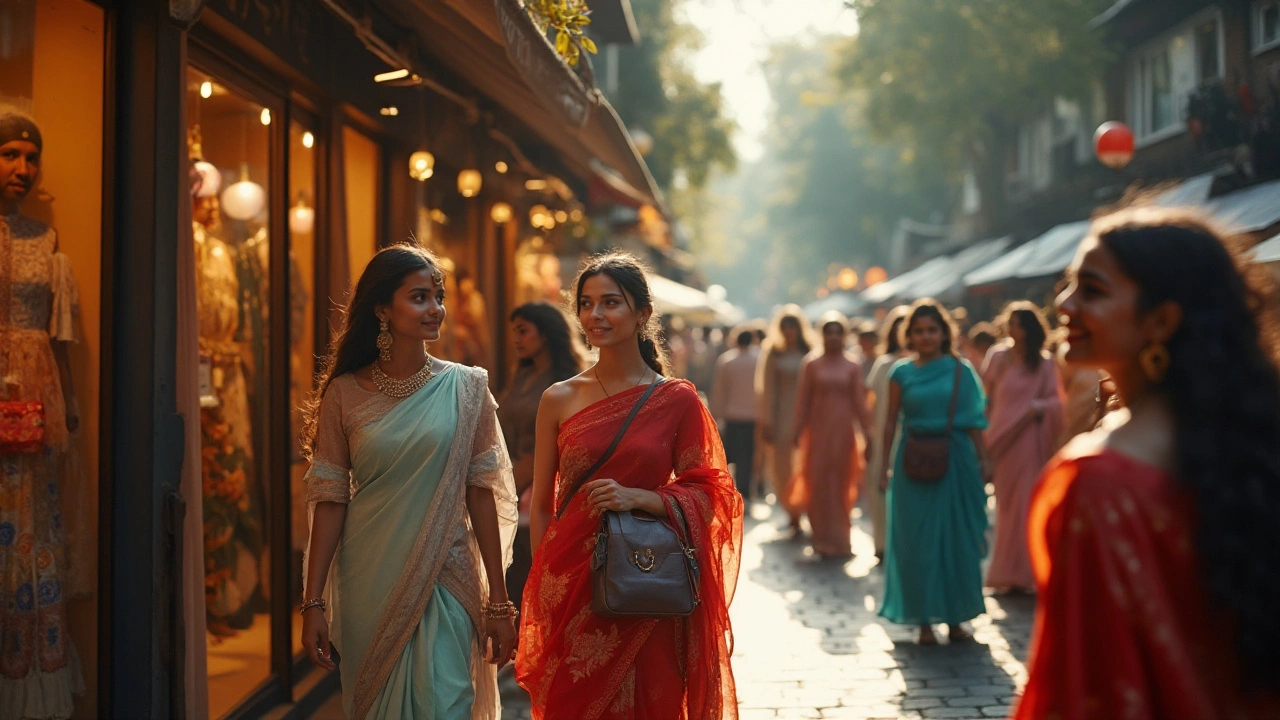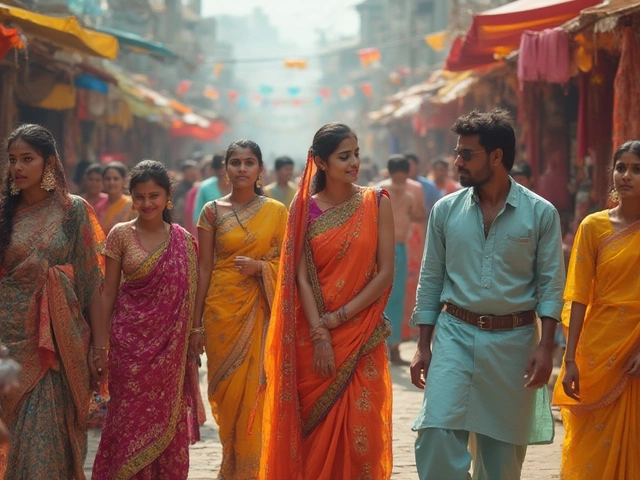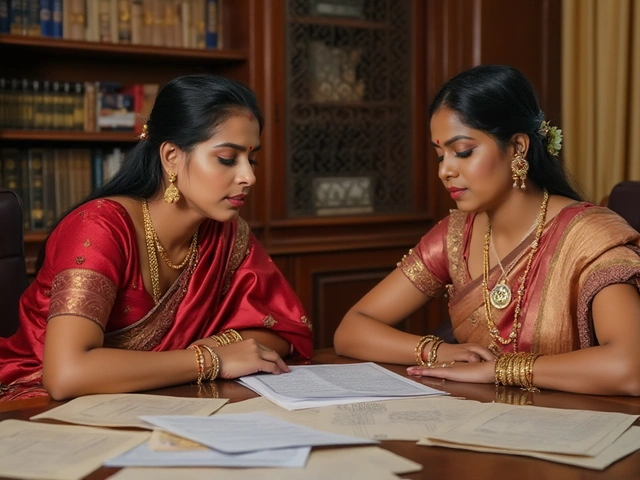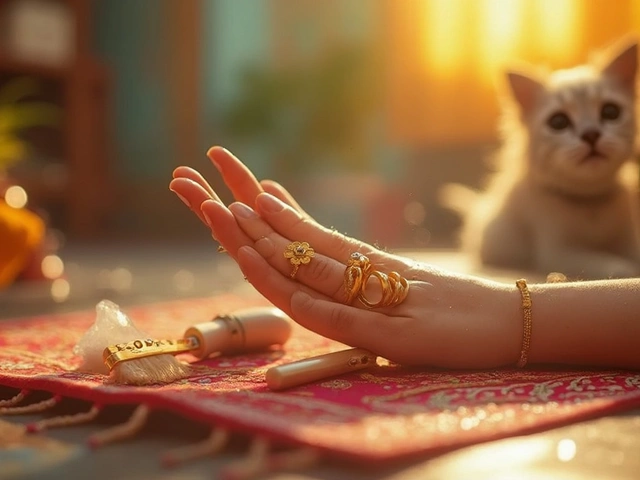Luxury Brands: What Makes a Jewelry Label Premium?
If you’ve ever wondered why some jewelry feels extra special, it’s usually the brand behind it. Luxury brands combine high‑quality materials, skilled craftsmanship, and a reputation that people trust. In India, names like Tanishq, Amrapali, and Kalyan Jewellers have built that trust over decades.
When you see a hallmark, a distinct design language, or a limited‑edition collection, you’re looking at the hallmarks of a luxury label. These details aren’t just for show—they protect you from cheap knock‑offs and often help the piece hold its value.
Key Features of Luxury Jewelry Brands
First, material matters. Luxury brands stick to 22‑carat gold, certified diamonds, and natural gemstones. They avoid plating tricks that wear off in a few months. Second, design consistency sets them apart. You’ll recognize a brand’s silhouette or signature motif whether it’s a necklace or a pair of earrings.
Third, certification is a must. Look for BIS hallmarks on gold, IGI or GIA reports on diamonds, and detailed receipts that list purity and weight. This paperwork is what lets you prove authenticity later, especially if you decide to resell.
Fourth, after‑sales service matters. Reputable brands offer free polishing, resizing, and repair for years. That support adds confidence and keeps the piece looking fresh, which in turn protects resale value.
Best Luxury Brands for Value and Style
Among Indian luxury labels, a few consistently rank high for resale. Brands that invest heavily in diamond sourcing—like Malabar Gold & Diamonds and CaratLane—tend to hold value because their stones come with strong certifications.
For gold lovers, Tanishq’s 22‑carat collections are known for clean hallmarks and timeless designs that rarely go out of fashion. Amrapali’s heritage pieces blend traditional motifs with modern cuts, making them popular on the secondary market.
If you’re into contemporary looks, trying a limited‑edition piece from Kalyan Jewellers can be a smart move. Their collaborations with designers often result in unique items that appreciate as collectors seek rarity.
When you’re ready to buy, start by checking the hallmark, asking for the certification, and comparing similar pieces across brands. If a brand offers a buy‑back or trade‑in program, that’s a bonus—it means they believe their products retain value.
Finally, think about how you’ll wear the piece. A versatile design that works for everyday and special occasions will get more use, and you’ll be less tempted to sell it quickly. That longevity is another hidden form of value.
So, whether you’re after a statement necklace or a subtle gold bangle, focusing on the brand’s material quality, design consistency, certification, and after‑sales service will guide you to a luxury purchase that looks great now and pays off later.
Top Luxury Fashion Brands Making Waves in India
India's love affair with luxury fashion brands has grown remarkably over the years. This article delves into the most famous luxury brands that dominate the Indian market, offering insights into their history, popularity, and what makes them appealing to Indian consumers. From traditional choices to emerging favorites, explore the diverse spectrum of high-end fashion accessories coveted in India. Discover interesting facts about how cultural integration is influencing these brands and helpful tips on choosing the right luxury accessory.





